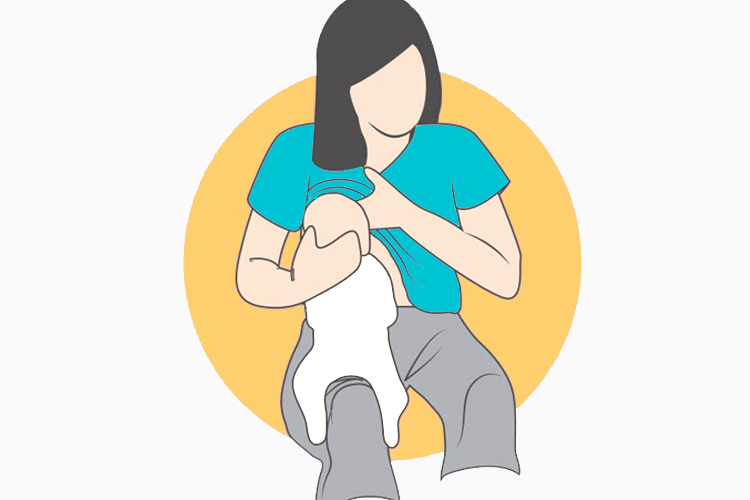Mastering Comfort: Exploring The Best Breastfeeding Positions for You and Your Baby
Breastfeeding is a beautiful and intimate bonding experience between a mother and her baby, offering not only essential nutrition but also an emotional connection. The key to successful breastfeeding lies not only in establishing a good latch but also in finding the most comfortable positions for both you and your baby. In this comprehensive guide, we will explore the best breastfeeding positions that promote relaxation, effective milk transfer, and a positive breastfeeding journey for both you and your little one.
Benefits of Proper Breastfeeding Positions
Finding the right breastfeeding position is not just about comfort; it also impacts milk flow, prevents discomfort, and ensures optimal nipple alignment. Proper positioning can prevent issues like nipple pain, engorgement, and even plugged ducts, enhancing the overall breastfeeding experience.
1. Cradle Hold
The cradle hold is one of the most common breastfeeding positions. To achieve this position:
- Find a comfortable chair with good back support.
- Hold your baby’s head in the crook of your arm, and use the same arm as the breast you’re nursing from.
- Your baby’s body should be facing yours, with their stomach touching yours.
- Bring your baby’s head close to your breast, making sure their nose aligns with your nipple.
Advantages:
- Allows for direct eye contact and bonding.
- Ideal for older babies who can hold their heads up.
- Provides easy access to the breast.
2. Football Hold
Also known as the clutch hold, the football hold is especially useful for moms who have had a cesarean section or for babies who have difficulty latching on.
- Position your baby’s body under your arm on the same side you’re nursing from, with their feet extending toward your back.
- Support your baby’s head with your hand.
- Align their nose with your nipple.
Advantages:
- Great for mothers recovering from a C-section.
- Provides control for babies who struggle with latching.
- Offers a clear view of the latch.
3. Side-Lying Position
This position is a blessing during nighttime feedings, allowing both you and your baby to lie down comfortably.
- Lie down on your side with pillows supporting your back and head.
- Place your baby on their side, facing you.
- Bring your baby close to your breast, aligning their nose with your nipple.
Advantages:
- Ideal for nighttime feedings, as it allows both you and your baby to rest.
- Reduces strain on your back and shoulders.
4. Cross-Cradle Hold
The cross-cradle hold is particularly helpful in the early days of breastfeeding when you and your baby are still learning.
- Hold your baby’s head in the crook of the arm opposite the breast you’re nursing from.
- Use your other hand to support your breast and guide your baby’s head.
- Align your baby’s nose with your nipple.
Advantages:
- Provides more control for guiding the latch.
- Helpful for newborns who need extra support.
Conclusion
Mastering the art of breastfeeding involves not just providing nutrition but also creating a comfortable and nurturing environment for both you and your baby. The right breastfeeding position can make a significant difference in your breastfeeding journey, preventing discomfort and ensuring efficient milk transfer. Experiment with different positions and find the ones that suit you and your baby best. Remember, every baby is unique, so don’t hesitate to consult with a lactation consultant or healthcare professional for personalized guidance. With the right knowledge and practice, you can enjoy a fulfilling and successful breastfeeding experience that strengthens the bond between you and your precious little one.




